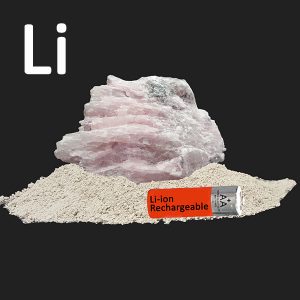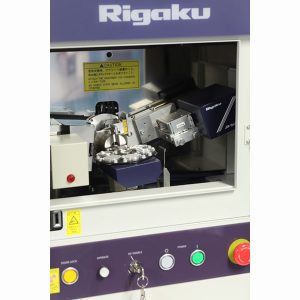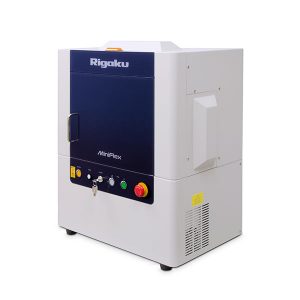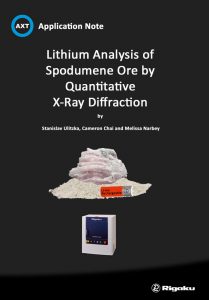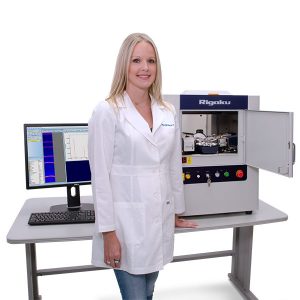Lithium Analysis of Spodumene Ore by Quantitative X-Ray Diffraction
by Stanislav Ulitzka, Cameron Chai and Melissa Narbey
Abstract
Spodumene is a lithium-rich mineral. The importance of lithium is growing proportionally to the demand for lithium-ion rechargeable batteries which are used in the ever-increasing number of portable electronic devices that are permeating our lives.
As is the case with assessing other mineral deposits, ensuring high content of the target element (in this case lithium) in the ore deposits is of the utmost importance to the profitability of the mine. For most ores, this is determined by XRF, however, XRF is unsuitable for lithium content determination. Hence we outline a procedure to quantitatively determine lithium content in spodumene-bearing ores using XRD.
XRD is a fast and simple analytical technique that requires little sample preparation and takes only a few minutes to generate results. It can be used to determine the mineralogy of rocks. From quantitative mineralogy, the concentration of elements in the sample can be calculated.
Spodumene
Spodumene is a lithium-bearing mineral with the chemical composition LiAlSi2O6 and a molecular weight of 186.09 g/mol. The nominal composition of spodumene is given in table 1.
Table 1. Spodumene composition (wt.%) [1,2].
| Element | Oxide | ||
|---|---|---|---|
| Li | 3.73 | Li2O | 8.03 |
| Al | 14.50 | Al2O3 | 27.40 |
| Si | 30.18 | SiO2 | 64.58 |
| O | 41.59 | ||
| Total | 100 | 100 |
Industrial Significance
Lithium has traditionally found application in ceramics, glass, aluminium alloys and high-temperature grease.
In more recent times, lithium has become increasingly important with the rising use of lithium-based rechargeable batteries in portable electronic devices such as mobile phones, laptop computers, tablets, i-devices etc.
Lithium-ion batteries, first introduced commercially by Sony in 1991, have become the battery technology of choice. Their popularity has grown due to their energy density, high cycle resistance and long life span. For these reasons they are more desirable than other competing technologies such as NiMH and NiCd [5].
The increasing demand for Li-ion batteries is driving the demand for high-purity lithium and hence spodumene. Some other applications do not require high purity lithium sources. In these cases lithium can be derived from brines.

